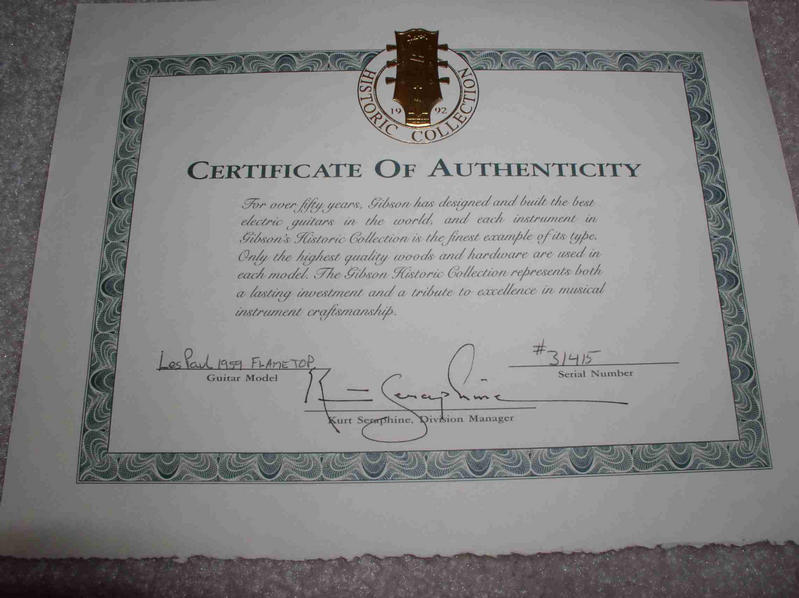fromthebeginning
Member
- Joined
- Feb 2, 2003
- Messages
- 593
If just found thisHi just wanted to get some input, I bought my 2000 Y2K Yamano Murphy used it came with 2 cases, a Lifton and a black historic case was that standard or did I just luck out getting two cases?
Re: 1999 and 2000 Gibson Les Paul R9's: Lets see em
Quote Originally Posted by pinefd View Post
Regarding the Lifton comment, I know that my '99s came with both Lifton cases and black Custom Shop cases, so I know they were available back then...but probably only as a special order at an up-charge.
Frank
Gibson had a promotion deal on the '99 R9's.
They came with the black case, but if you sent the warranty and a copy of your sales receipt to Gibson, they would send you the Lifton case and a copy of BOTB.






